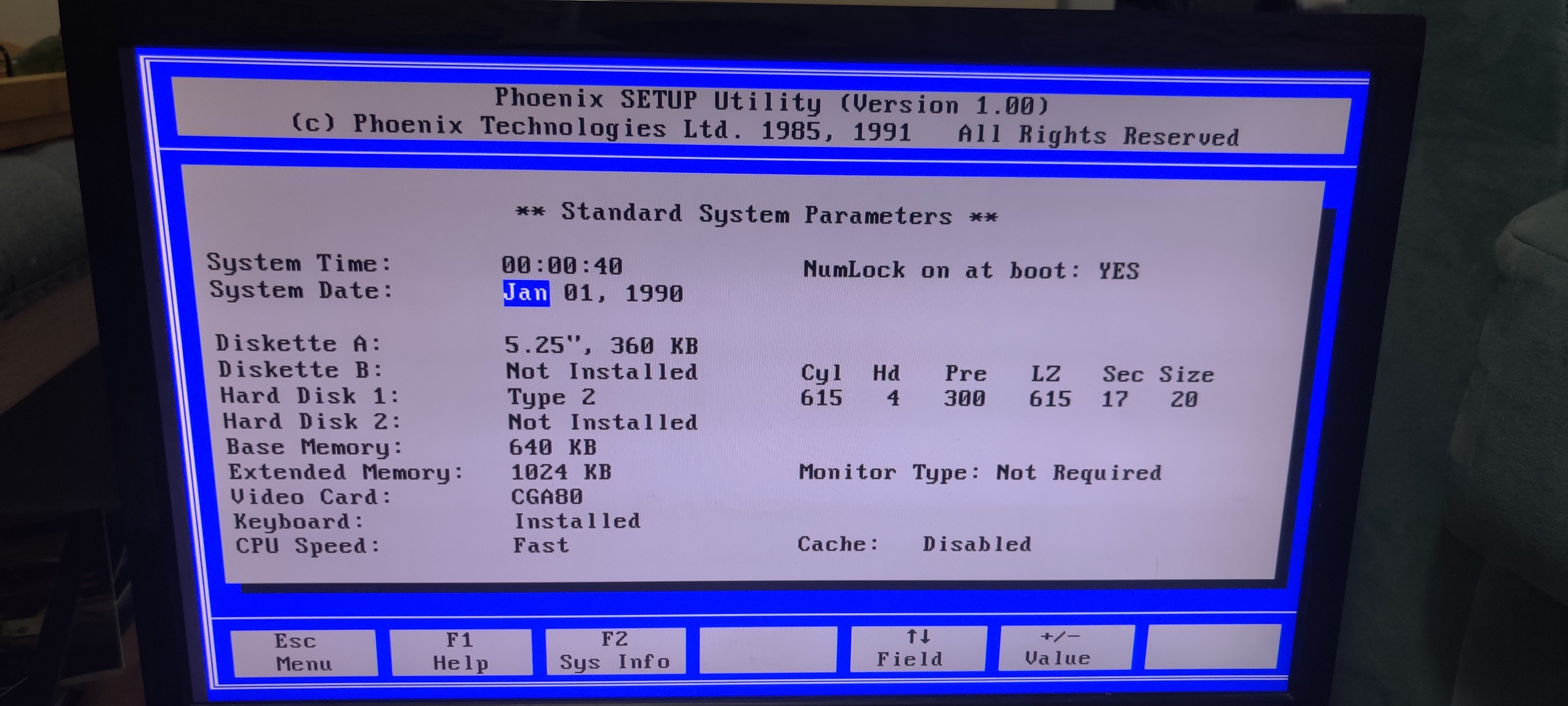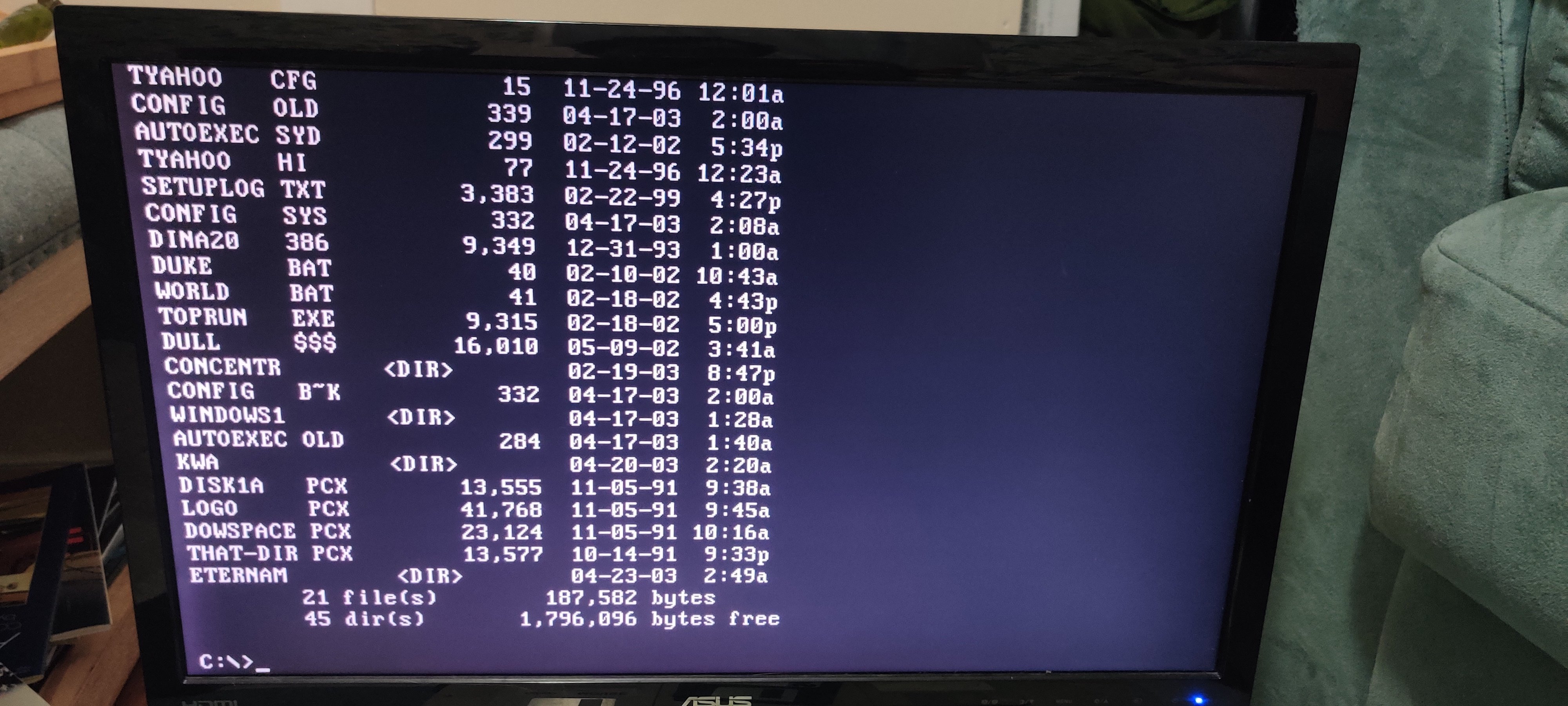this post was submitted on 28 Aug 2024
143 points (96.1% liked)
retrocomputing
4126 readers
34 users here now
Discussions on vintage and retrocomputing
founded 1 year ago
MODERATORS
you are viewing a single comment's thread
view the rest of the comments
view the rest of the comments



The CPU speed setting in the BIOS would help certainly. I would always set mine to the higher speed when it gave me the option.
More or less, the Turbo button was useful for the older software which couldn't handle the ability to run faster or ran too fast. Depress the button to toggle the speed down or up. (Nice little read about these here) https://dfarq.homeip.net/why-did-old-pcs-have-a-turbo-button/
As for the HDD since you were able to write a file, it's probably fine. One item of note, HDD's are not considered permanent storage as you have natural degradation of the magnetic layers on the surface (a.k.a. bit-rot) which is what you are probably seeing with the corrupted files. Simply formatting the drive should be enough for it to refresh the drive's platter(s) and create a more viable readable and writable surface. HDD's will be more prone to failing via motor or controller board failure. You really have nothing to lose other than a little bit of time! Then, if it fails during Win95 or Win98 install, then yeah, replace the drive.